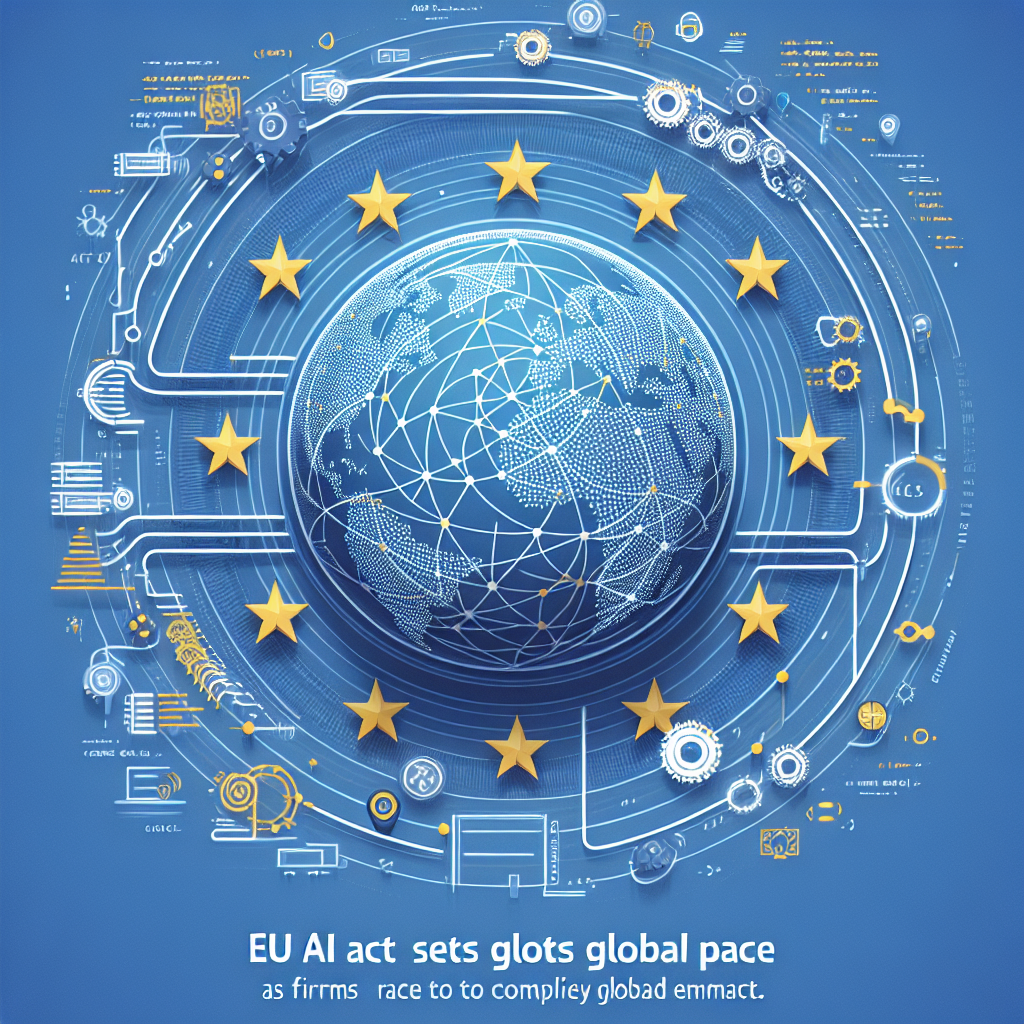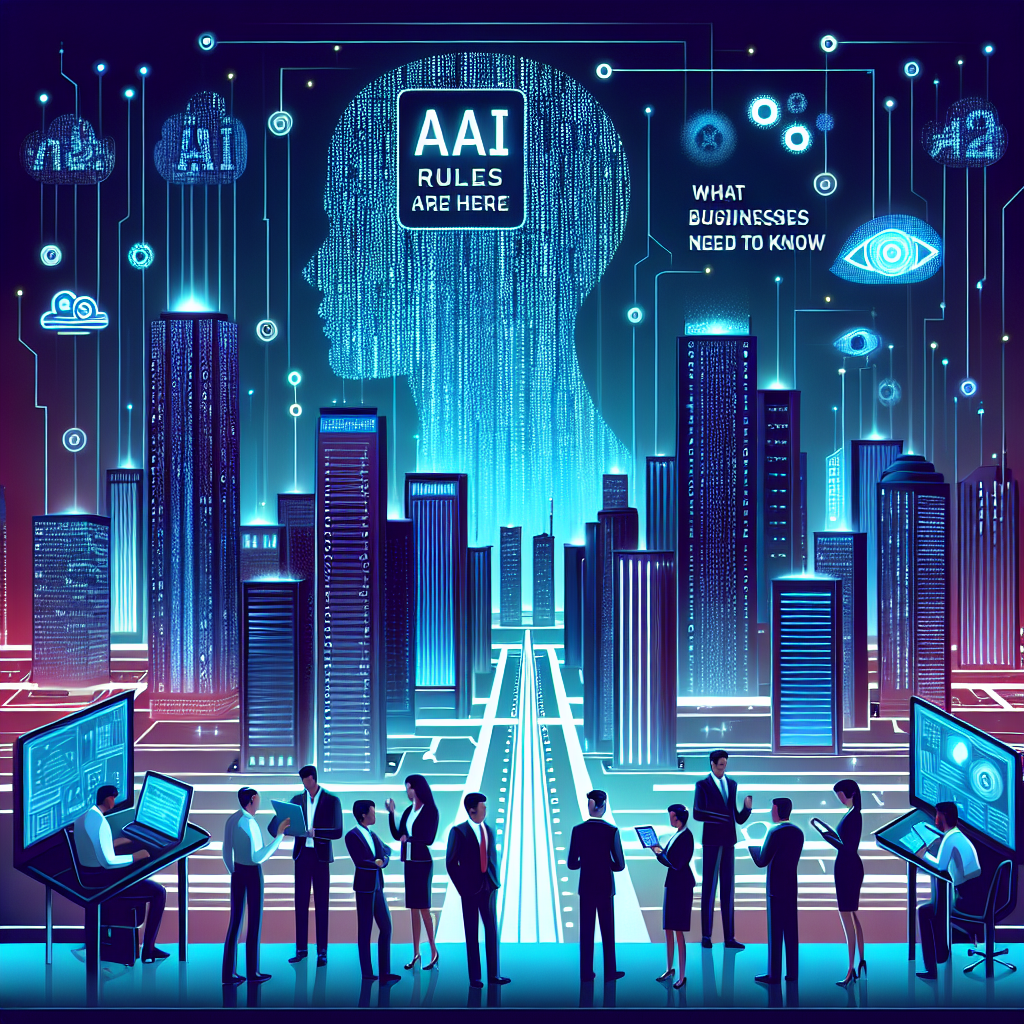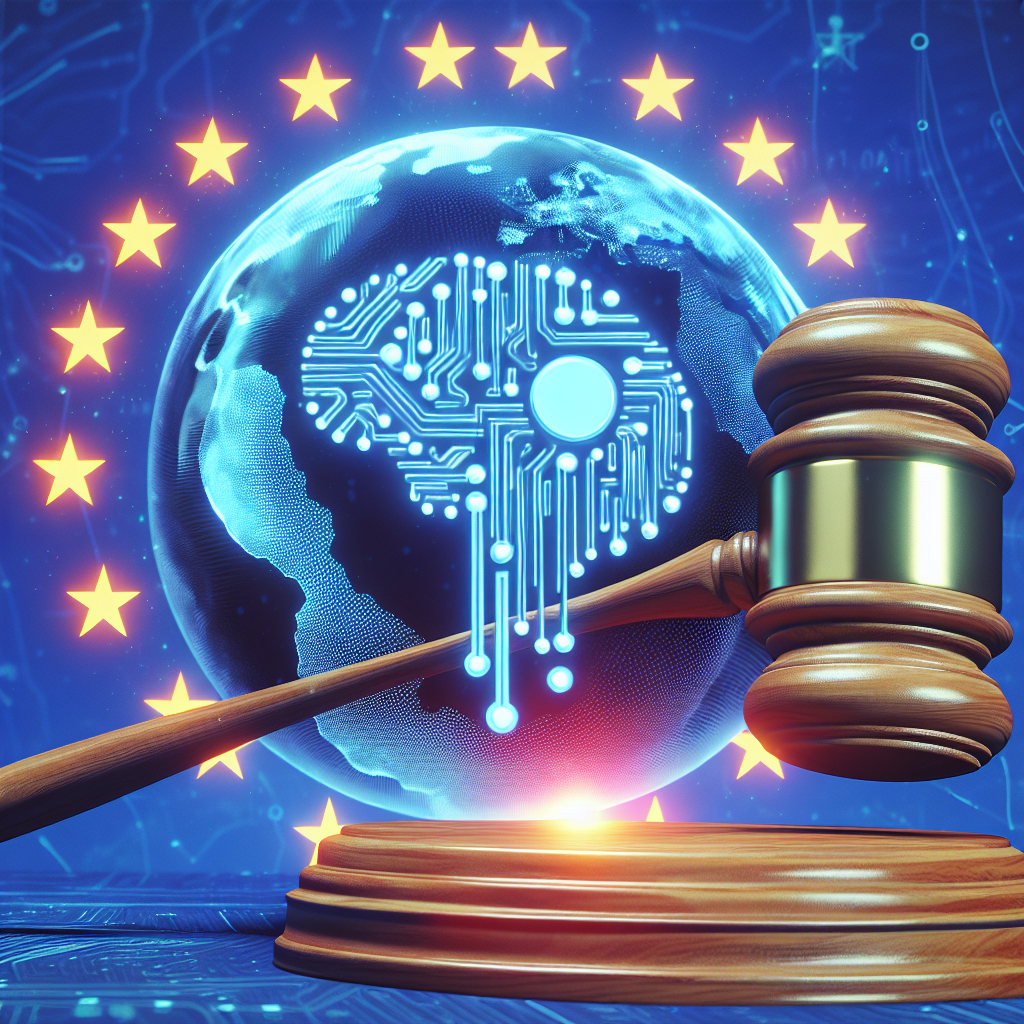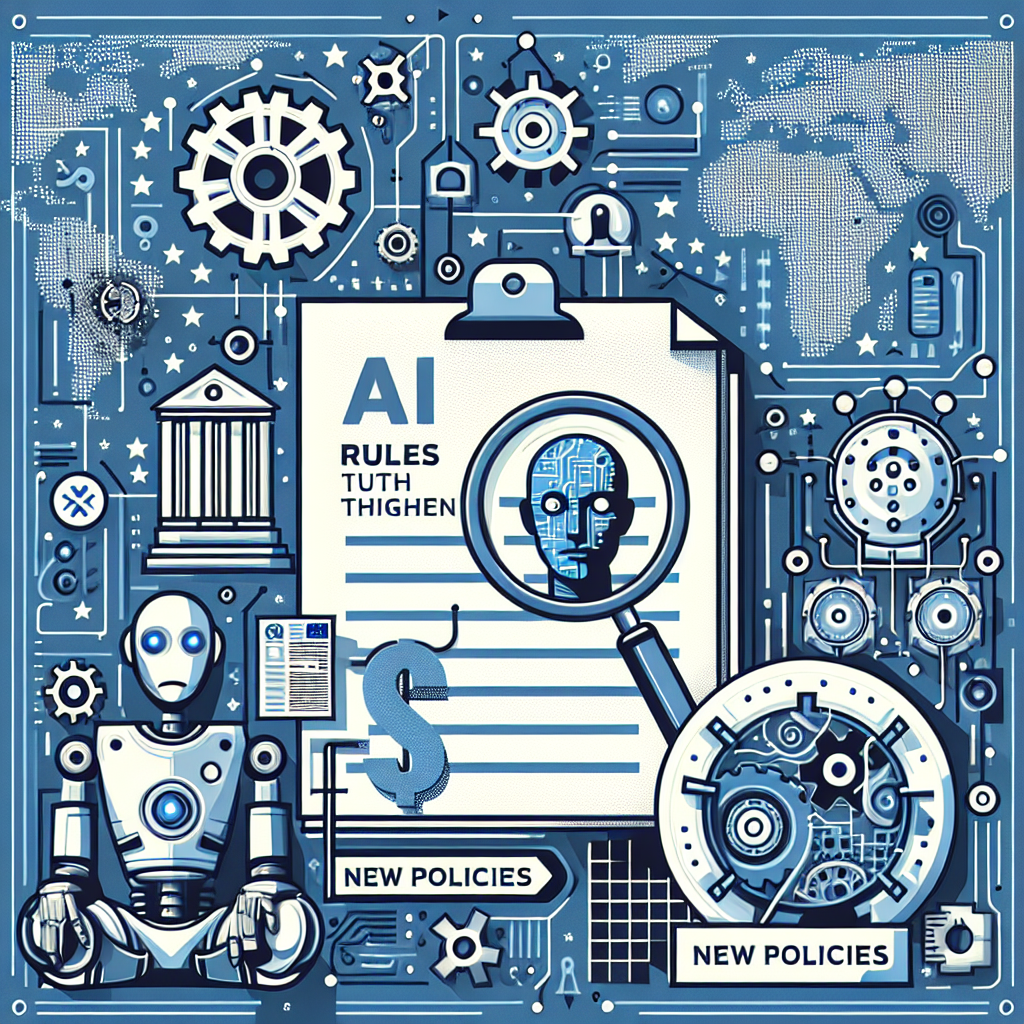AI Rules Are Here: What New Laws Mean for Business

A new rulebook takes shape
Artificial intelligence is moving from experimentation to everyday use. Regulators are moving too. As 2025 advances, companies face a clearer, stricter set of rules. Europes landmark AI Act is phasing in. U.S. agencies are enforcing existing laws and executive orders. Other countries are aligning on principles and safety tests. The result is a new compliance reality for anyone building or deploying AI.
Policymakers say the goal is simple: reap the benefits and reduce the risks. But the details are complex. The rules touch how models are trained, tested, deployed, and monitored. They also affect marketing, customer service, hiring, medical devices, and critical infrastructure. Businesses that prepare early will likely avoid fines and disruptions.
What the EU AI Act requires
The European Unions AI Act takes a risk-based approach. It sets different duties depending on where a system is used and how it could impact people.
- Prohibited practices: The law bans certain uses, such as social scoring by public authorities and untargeted scraping of facial images to build databases. It also tightly restricts real-time remote biometric identification in public spaces.
- High-risk systems: AI used in areas like medical devices, hiring, credit scoring, and critical infrastructure must meet strict requirements. These include risk management, high-quality datasets, documentation, human oversight, robustness, and post-market monitoring.
- Transparency duties: Users must be told when they interact with chatbots or when content is AI-generated, including synthetic images, audio, and video. Labels and disclosures are expected to be clear and consistent.
- General-purpose AI (GPAI): Providers of powerful models must share technical documentation, respect EU copyright rules, and disclose training data summaries. Very capable models that pose systemic risk face extra testing and reporting obligations.
- Enforcement and penalties: National authorities will enforce the Act with support from the European Commissions AI Office. Fines can reach up to 7% of global turnover (or tens of millions of euros) for the most serious violations.
Key provisions are being phased in over several years. Bans on prohibited practices take effect first. High-risk and GPAI duties follow later, giving providers time to adjust. The Commission calls the law a global template. As Internal Market Commissioner Thierry Breton put it in 2024, The AI Act is much more than a rulebook; it is a launchpad for EU startups and researchers.
The U.S. takes a different path
The United States has no single AI law. Instead, it uses a mix of executive action, sector rules, and enforcement by agencies and states.
- Executive Order: A 2023 order directed agencies to set safety standards for critical AI systems, share best practices, and build capacity. It tasked the National Institute of Standards and Technology (NIST) with advancing testing and evaluation. It also called for watermarking guidance and stronger privacy protections.
- Agency moves: The Office of Management and Budget told federal agencies to appoint Chief AI Officers and inventory AI systems with safety or rights impacts. Consumer and competition authorities warned that existing laws apply to AI claims, discrimination, and unfair practices.
- Robocalls and deepfakes: In 2024, the Federal Communications Commission clarified that AI-generated voices in robocalls are illegal under U.S. telemarketing law without consent. Several states, including Texas and California, have enacted rules to curb deceptive deepfakes in elections.
- Copyright battles: Lawsuits by artists, authors, and newsrooms are testing how training data and outputs fit copyright law. The New York Times sued OpenAI and Microsoft in late 2023; the companies deny wrongdoing. Courts are weighing novel questions about fair use and data provenance.
Internationally, the G7s Hiroshima AI process has promoted shared principles for advanced AI and voluntary codes of conduct. These efforts signal convergence on testing, transparency, and accountability, even as legal systems differ.
Industry reaction and compliance steps
Many firms support a risk-based approach, but warn about compliance costs and uncertainty. Startups say that frequent guidance updates and overlapping standards can strain lean teams. Large providers say clarity on definitionsike what counts as a systemic risk modelis crucial.
Companies are responding with new governance and tooling. Common steps include:
- Inventory and classification: Map AI use cases across the business, identify high-risk applications, and document suppliers.
- Data governance: Track training data sources, licenses, and consent. Build processes to handle takedown or correction requests.
- Model evaluation: Adopt red teaming, bias and robustness tests, and continuous monitoring. Align with NIST AI Risk Management Framework where possible.
- Transparency: Label synthetic media, publish model cards or system cards, and provide clear user notices for chatbots.
- Human oversight: Define when a person must review or override AI decisions, especially in hiring, lending, and healthcare.
- Incident response: Establish channels to report malfunctions or harms, and escalation paths to regulators when required.
Voices in the debate
Leaders across technology, academia, and government have called for balanced rules.
Sam Altman, CEO of OpenAI, told the U.S. Senate in 2023: If this technology goes wrong, it can go quite wrong. He urged cooperation between industry and government on safety standards.
Sundar Pichai, CEO of Google, wrote in 2020 that AI is too important not to regulate. He called for smart, proportionate rules that encourage innovation.
The nonprofit Center for AI Safety said in 2023: Mitigating the risk of extinction from AI should be a global priority alongside other societal-scale risks such as pandemics and nuclear war. The statement was signed by researchers and executives across the field.
Civil society groups stress near-term harms, including bias and misinformation. They argue that strong transparency and redress rights are essential. Industry groups warn that overly prescriptive rules could slow useful applications in healthcare, energy, and education.
Why it mattersand what to watch next
The stakes are high. AI is embedded in search, customer support, logistics, and design. It speeds up tasks and opens new markets. But it can also amplify errors and bias at scale. The emerging rules are an attempt to keep benefits while curbing harms.
Three trends to watch:
- Deadlines and guidance: As EU timelines kick in, expect more technical standards and templates. Clarifications from the EUs AI Office and national regulators will shape day-to-day compliance.
- Testing and transparency: Independent evaluations and standardized disclosures are likely to grow. Labels for synthetic media could become more common in consumer apps and political advertising.
- Court decisions: Copyright and liability rulings in the U.S. and EU will influence training data access and responsibility for outputs.
For now, the message is clear. The era of voluntary AI principles is ending. Accountability is becoming mandatory. Businesses that invest in governance, documentation, and testing will be better placed to adapt. Those that wait could face fines, reputational damage, and market barriers.
The next phase will test whether the new rulebook can scale with the technology. If it does, AIs promiserom safer medical tools to more efficient public servicesmay be easier to realize. If not, pressure for stricter controls will rise. Either way, 2025 is the year compliance plans move from slide decks to production systems.





























































































































































































































































































